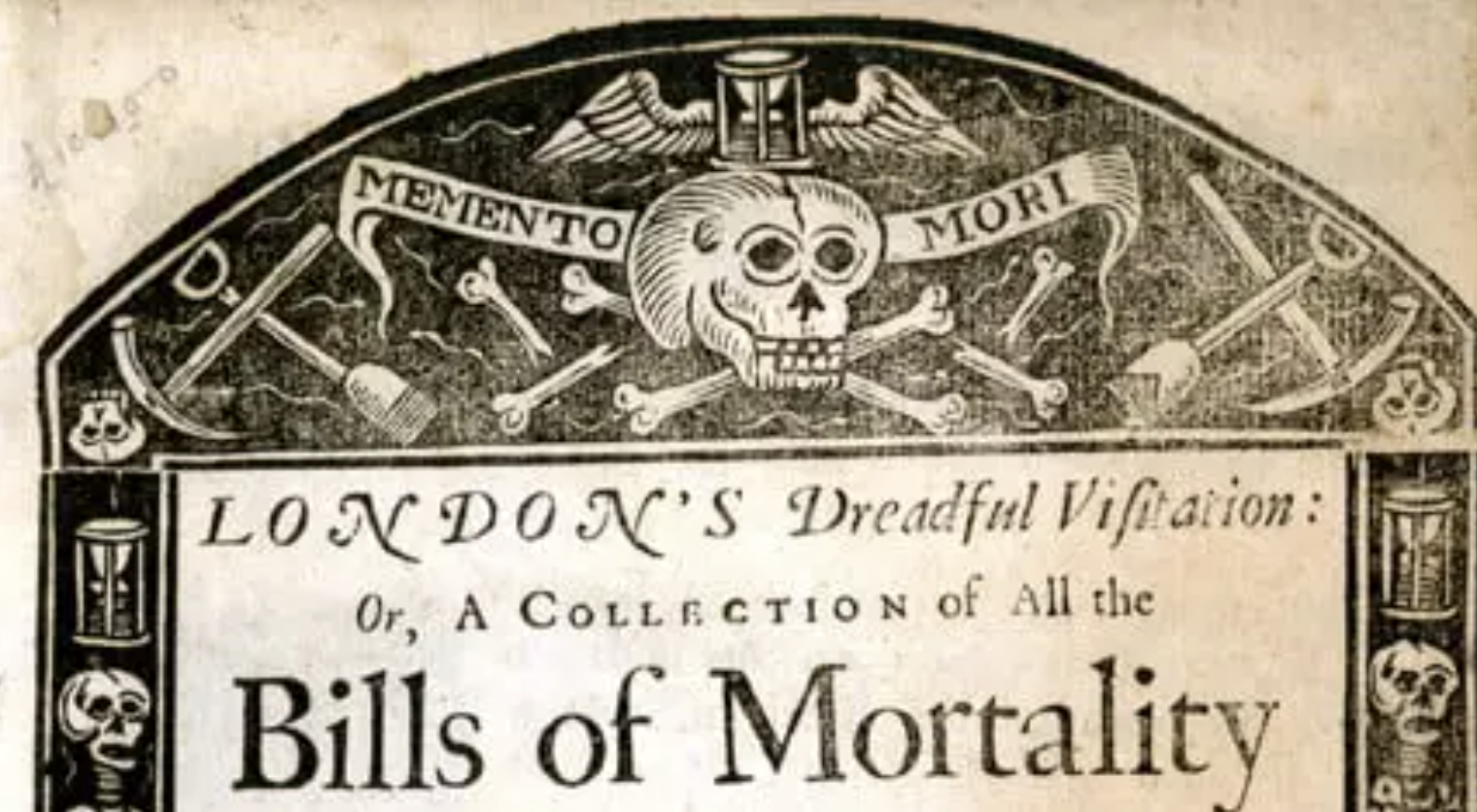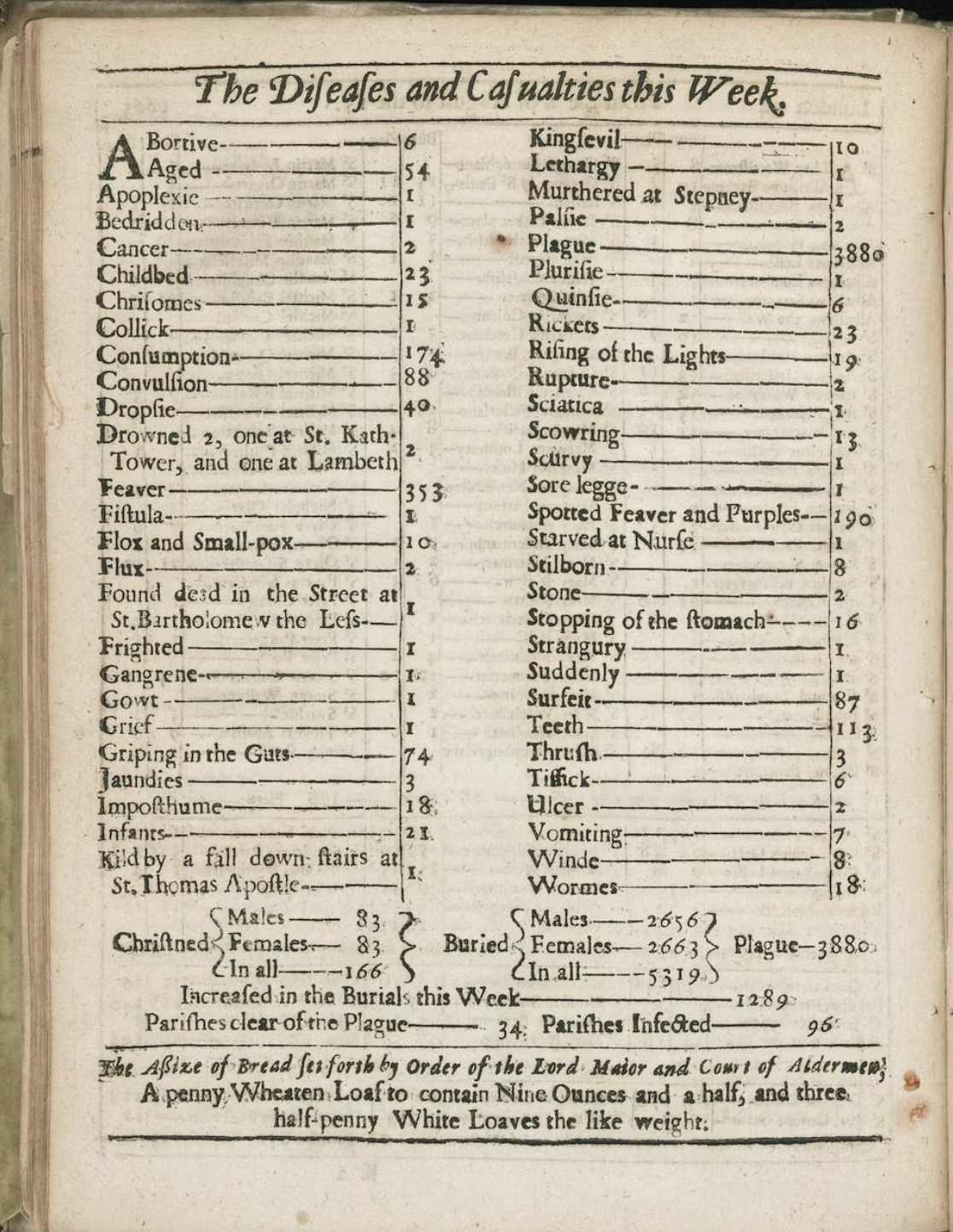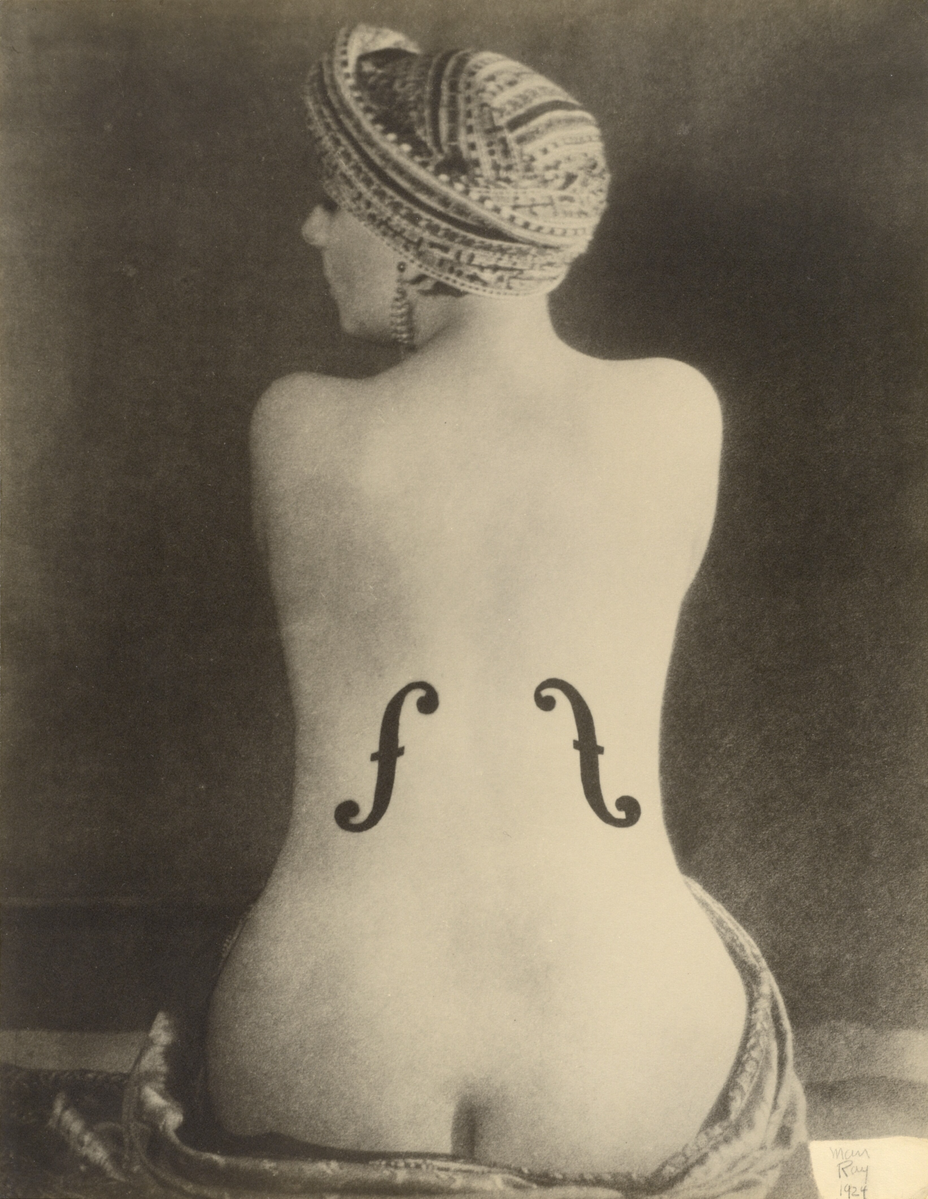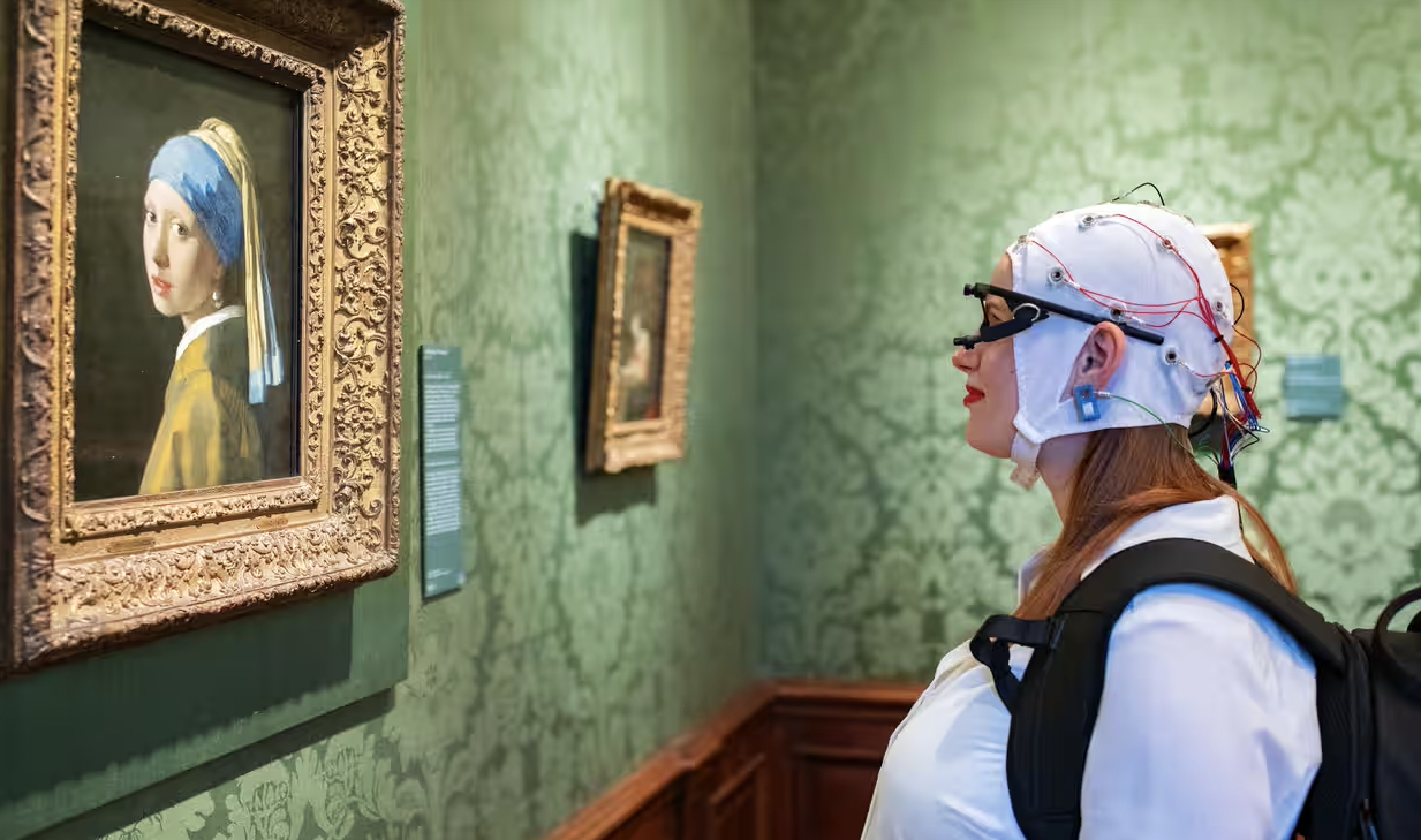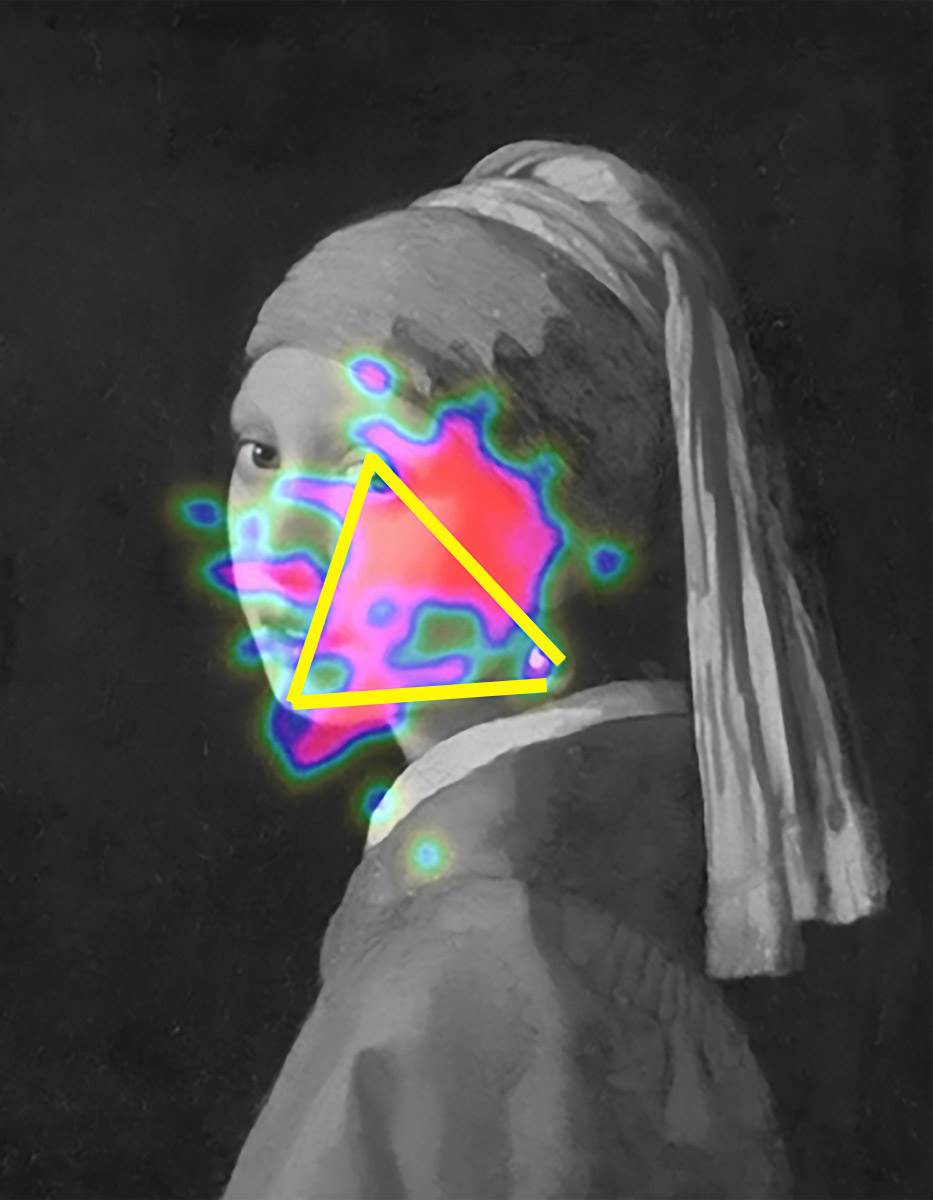Haruki Murakami’s hit novel 1Q84 features a memorable scene in a taxicab on a gridlocked freeway whose radio is playing Leoš Janáček’s Sinfonietta. “It is, as the book suggests, truly the worst possible music for a traffic jam,” writes Sam Anderson in a New York Times Magazine profile of the novelist: “busy, upbeat, dramatic — like five normal songs fighting for supremacy inside an empty paint can.” Murakami tells Anderson that he “chose the Sinfonietta because that is not a popular music at all. But after I published this book, the music became popular in this country… Mr. Seiji Ozawa thanked me. His record has sold well.”
In addition to being a world-famous conductor, the late Ozawa was also, as it happens, a personal friend of Murakami’s; the two even published a book, Absolutely on Music, that transcribes a series of their conversations about the former’s vocation and the latter’s avocation, a distinction with an unclear boundary in Murakami’s case.
“I have lots of friends who love music, but Haruki takes it way beyond the bounds of sanity,” writes Ozawa, and indeed, Murakami has always made music a part of his work, both in his process of creating it and in its very content. His books offer numerous references to Western pop (especially of the nineteen-sixties), jazz, and also classical recordings — fifteen of which you can hear in the video from NTS radio above.
We’ve previously featured NTS, the London-based online radio station known for its deep dives on themes from spiritual jazz to Hunter S. Thompson, for its “Haruki Murakami Day” broadcast of music from his novels. Opening with Le mal du pays from Franz Liszt’s Années de pèlerinage, the NTS Guide to Classical Music from Murakami Novels continues on to “Vogel als Prophet” from Robert Schumann’s Waldszenen, and thereafter includes Beethoven’s Symphony No. 7 In A Major, Mendelssohn’s Cleveland Quartet, Wagner’s Der Fliegende Holländer, and much else besides. You may not be able to recall where you’ve seen all of these pieces mentioned in Murakami’s work right away, but you’ll surely recognize the Sinfonietta the moment it comes along.
Related content:
Haruki Murakami’s Passion for Jazz: Discover the Novelist’s Jazz Playlist, Jazz Essay & Jazz Bar
A 3,350-Song Playlist of Music from Haruki Murakami’s Personal Record Collection
A 26-Hour Playlist Featuring Music from Haruki Murakami’s Latest Novel, Killing Commendatore
Based in Seoul, Colin Marshall writes and broadcasts on cities, language, and culture. His projects include the Substack newsletter Books on Cities and the book The Stateless City: a Walk through 21st-Century Los Angeles. Follow him on Twitter at @colinmarshall or on Facebook.
